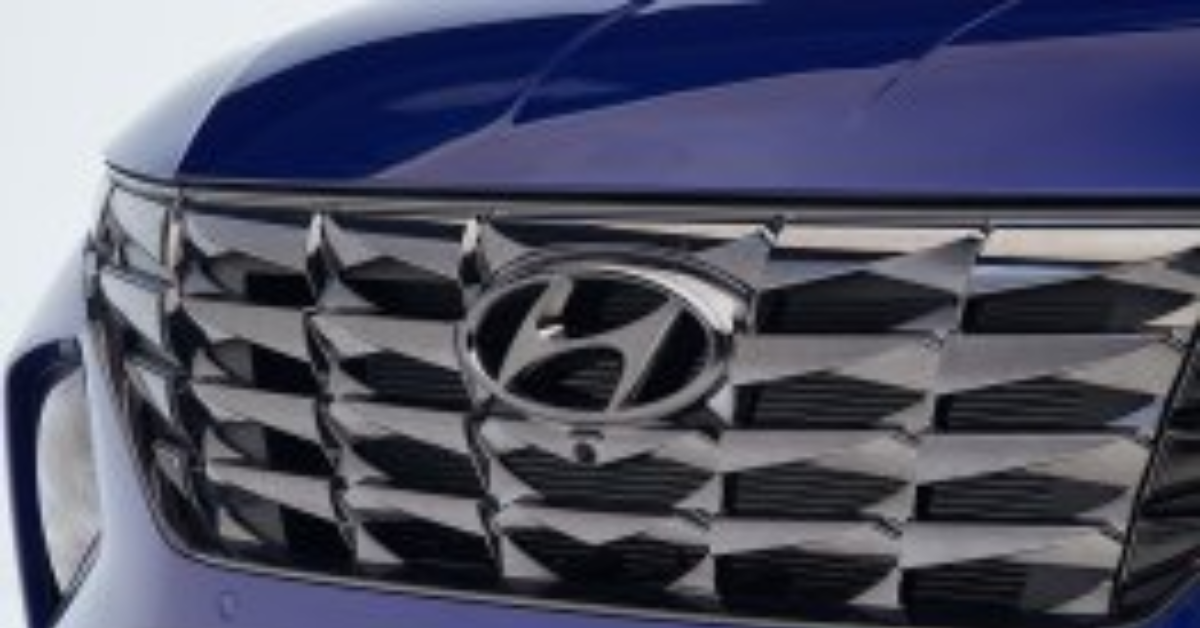In a move set to shake up the global automotive industry, two giants—General Motors (GM) and Hyundai—have announced a historic partnership to co-develop five innovative vehicle models by 2028. This strategic alliance between an American powerhouse and a Korean technology leader represents a major step toward accelerating electric vehicle (EV) production, improving affordability, and redefining mobility for the future.
The collaboration focuses on creating a series of smart, sustainable, and future-ready electric vehicles, combining GM’s legacy in automotive engineering with Hyundai’s cutting-edge EV and battery technology. Let’s explore how this partnership was formed, what it means for the market, and what the future holds.
🌍 A Strategic Alliance Rooted in Innovation
The global automotive landscape is evolving faster than ever, with EVs quickly taking center stage. Governments across the globe are pushing for greener mobility solutions and investing in electric infrastructure. In this environment, GM and Hyundai’s announcement isn’t just timely—it’s transformational.
While both companies have been individually pushing their EV agendas, this collaboration indicates a larger shift towards shared platforms, cost efficiency, and speed to market. The companies revealed that they plan to jointly develop five new EV models for different markets, including the U.S., South Korea, and potentially India and Europe.
🚗 What Kind of Vehicles Can We Expect?
Though official details about each of the five co-developed models are still under wraps, some insiders suggest a balanced mix of segments. Here’s what might be on the roadmap:
- Compact Urban EV
- Designed for city driving with high efficiency and a compact design.
- Likely to be priced affordably to compete with emerging players like Tata, BYD, and Kia in the entry-level EV market.
- Family SUV
- A mid-sized SUV aimed at urban families, blending Hyundai’s design with GM’s rugged appeal.
- Could rival Tesla’s Model Y or Toyota’s bZ4X in the EV SUV category.
- Luxury Sedan
- A high-performance model expected to challenge the likes of BMW i4 and Mercedes EQE.
- Will likely feature advanced driver-assistance systems (ADAS) and luxurious interiors.
- Commercial Delivery Van
- Designed for last-mile delivery services, this EV could be optimized for e-commerce giants.
- Fast charging and long range would be key features.
- Pickup Truck or Utility Vehicle
- Catering to the American and Australian markets, this vehicle might compete with Ford’s F-150 Lightning.
- Strong torque, towing capacity, and off-road capability are expected highlights.
🔋 Shared EV Platforms and Battery Tech
One of the most exciting parts of this collaboration is the potential to share platforms and battery systems. Hyundai is known for its E-GMP (Electric-Global Modular Platform), used in the IONIQ series. GM has its Ultium battery platform, which powers the Cadillac Lyriq and GMC Hummer EV.
The partnership might result in a new, unified platform that combines the strengths of both technologies. A hybrid platform could drastically reduce development time and bring down costs, making EVs more accessible to a broader audience.
Hyundai’s advancements in solid-state batteries and fast charging, combined with GM’s large-scale production capabilities, can pave the way for a new benchmark in EV performance, safety, and durability.
💬 What Executives Are Saying
At the official announcement, both automakers expressed strong confidence in the partnership.
Mary Barra, CEO of General Motors, said:
“This collaboration goes beyond building cars. It’s about building a sustainable future, and Hyundai shares our vision.”
Jaehoon Chang, President of Hyundai Motor Company, added:
“We believe that strategic alliances are key to driving transformation in the EV sector. With GM, we are confident of setting new industry standards.”
🌐 A Global Impact
This is not just a U.S.-South Korea alliance—it has global implications. The co-developed vehicles could be tailored to meet the specific needs of various markets:
- India: Small EVs could be produced locally with affordable price tags, supporting India’s push for EV adoption.
- Europe: The partnership could target zero-emission zones with efficient, compact urban EVs.
- North America: SUVs and pickup trucks designed for range and ruggedness could dominate.
This global rollout strategy highlights how the partnership plans to maximize its reach and impact.
💰 Affordability and Competition
One key reason for such collaborations is cost-cutting. Developing EVs independently is capital-intensive, especially when it comes to battery technology and R&D. By joining forces, GM and Hyundai can split development costs, accelerate timelines, and offer more competitively priced vehicles.
This move also puts pressure on competitors like Tesla, Volkswagen, Stellantis, Toyota, and even startups like Rivian and Lucid. Consumers stand to benefit the most from this wave of competition and innovation.
♻️ Sustainability at the Core
Both GM and Hyundai have made ambitious pledges to become carbon-neutral in the next two decades. This partnership aligns perfectly with those goals.
Expect eco-friendly materials, renewable manufacturing practices, and enhanced recyclability in the upcoming models. Not just in production, but the entire lifecycle of these EVs—from design to disposal—will reflect a sustainable mindset.
🔮 What Lies Ahead?
By 2028, GM and Hyundai aim to deliver all five models across major markets. But more than just cars, this collaboration could inspire deeper integration in EV infrastructure:
- Charging Networks: A possibility of shared supercharger infrastructure across markets.
- Software Platforms: Shared OS or app ecosystems for vehicle control and navigation.
- Mobility Services: Potential expansion into shared mobility or EV leasing services.
✅ Final Thoughts
The GM-Hyundai alliance marks a bold, forward-thinking move in an industry hungry for disruption. As the world races toward clean energy and smart mobility, such strategic partnerships could become the norm rather than the exception.
By 2028, we could be witnessing not just five new electric vehicles, but a redefined future of collaboration, competition, and carbon-conscious innovation.
Stay tuned. The future of driving is being written—by GM and Hyundai, together.
